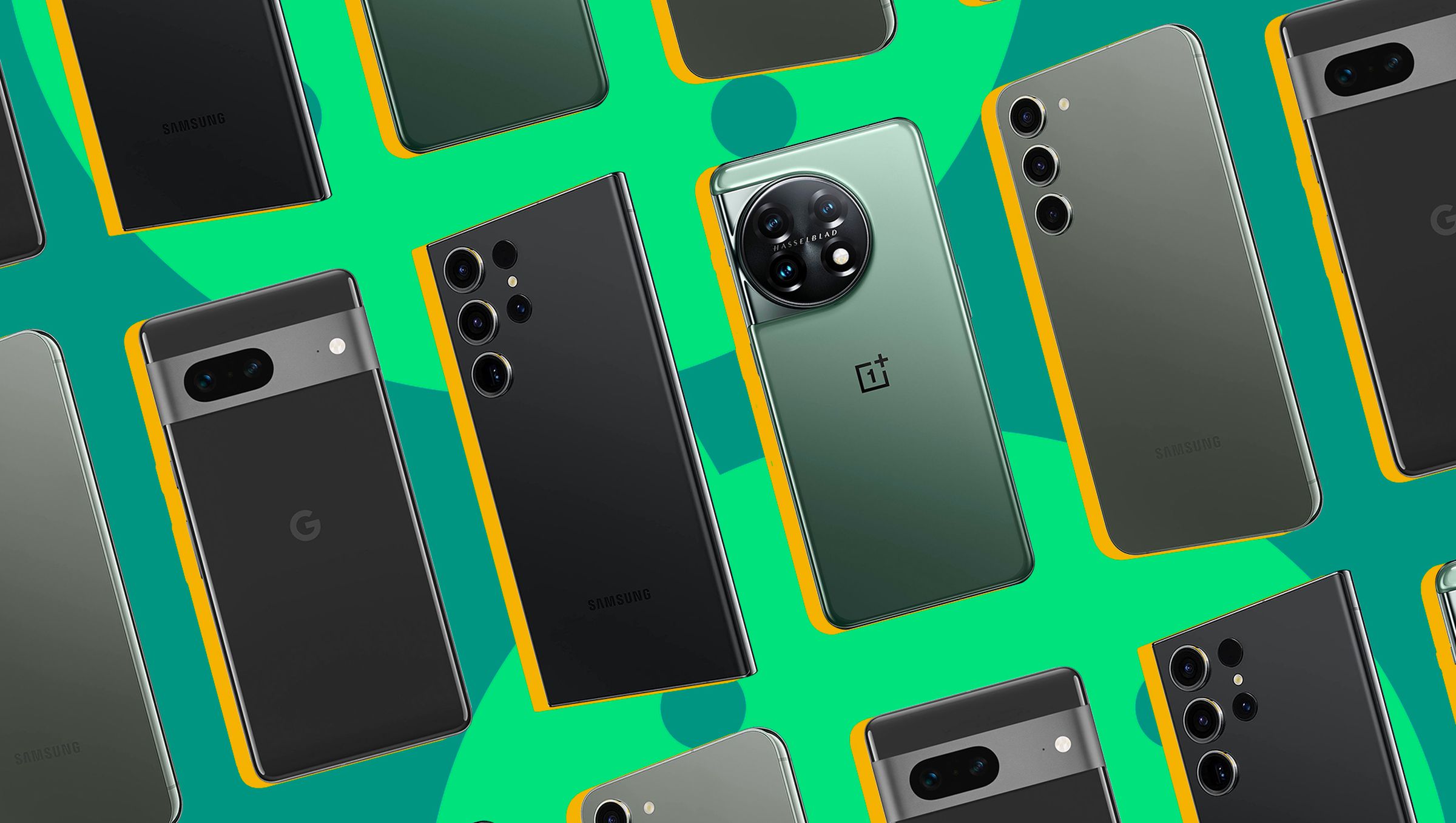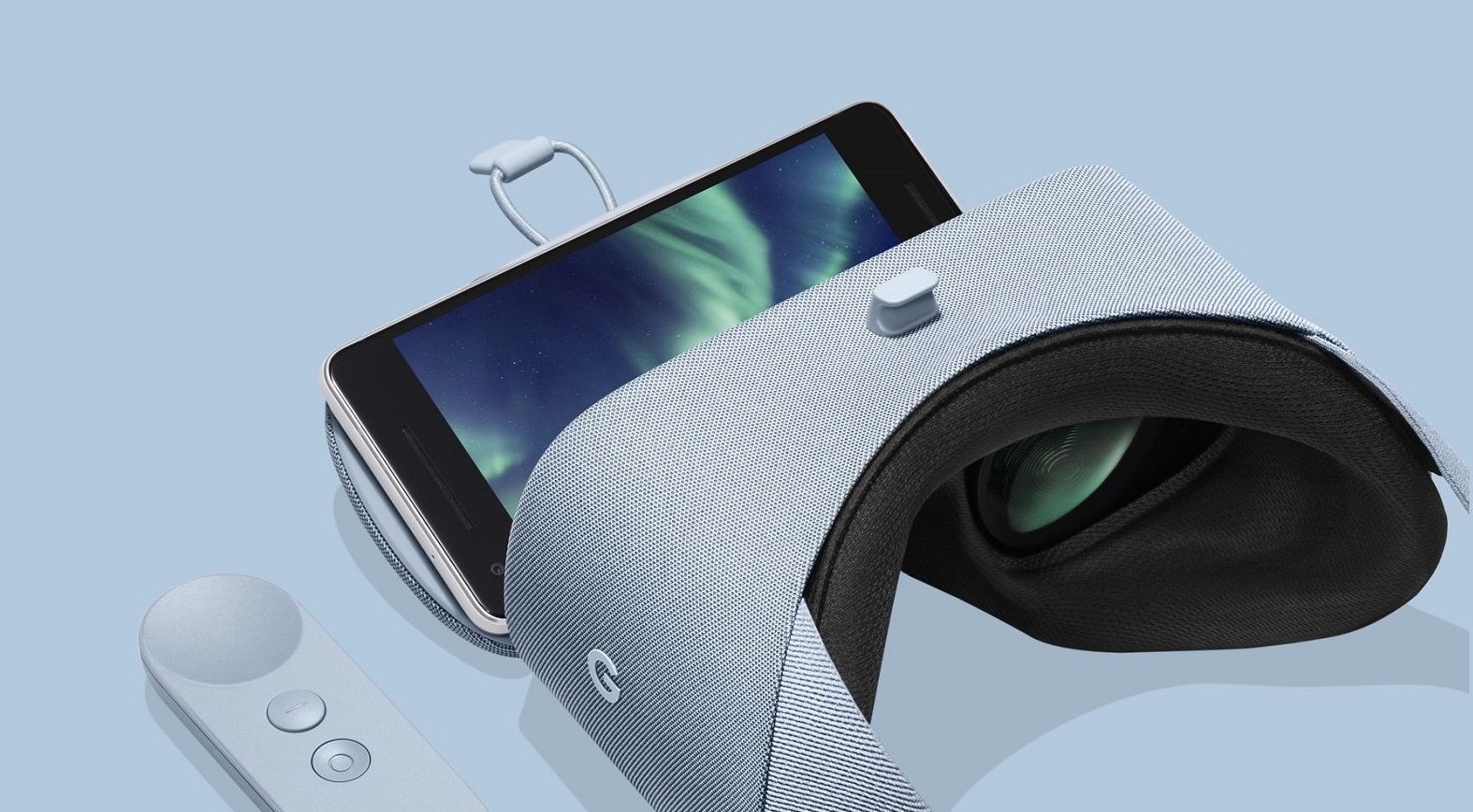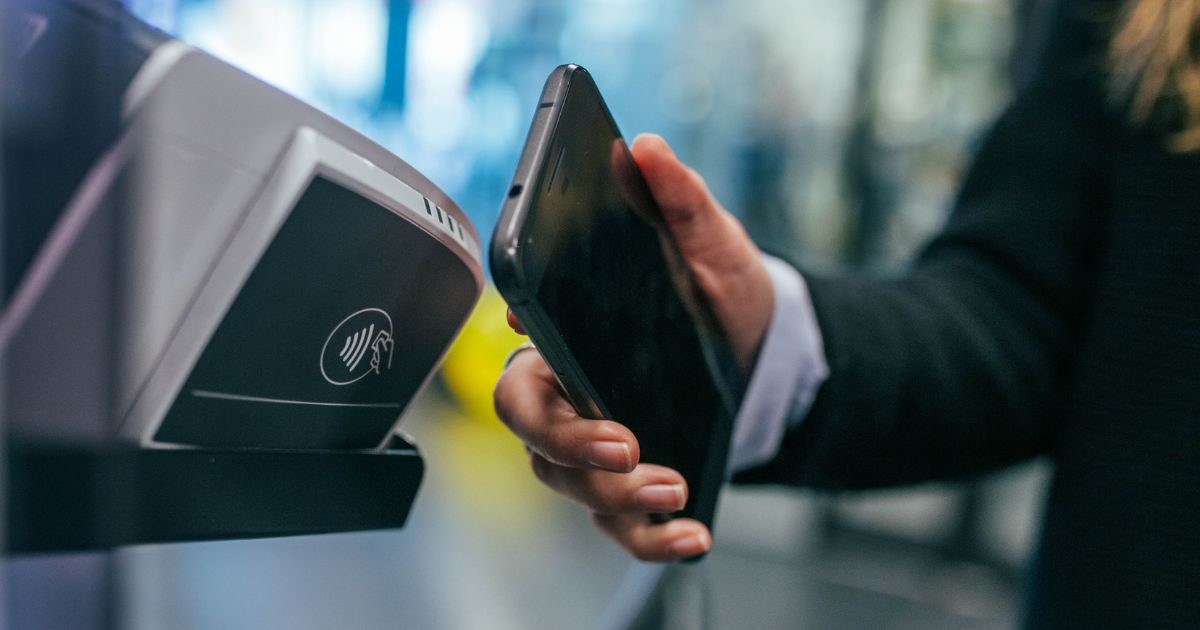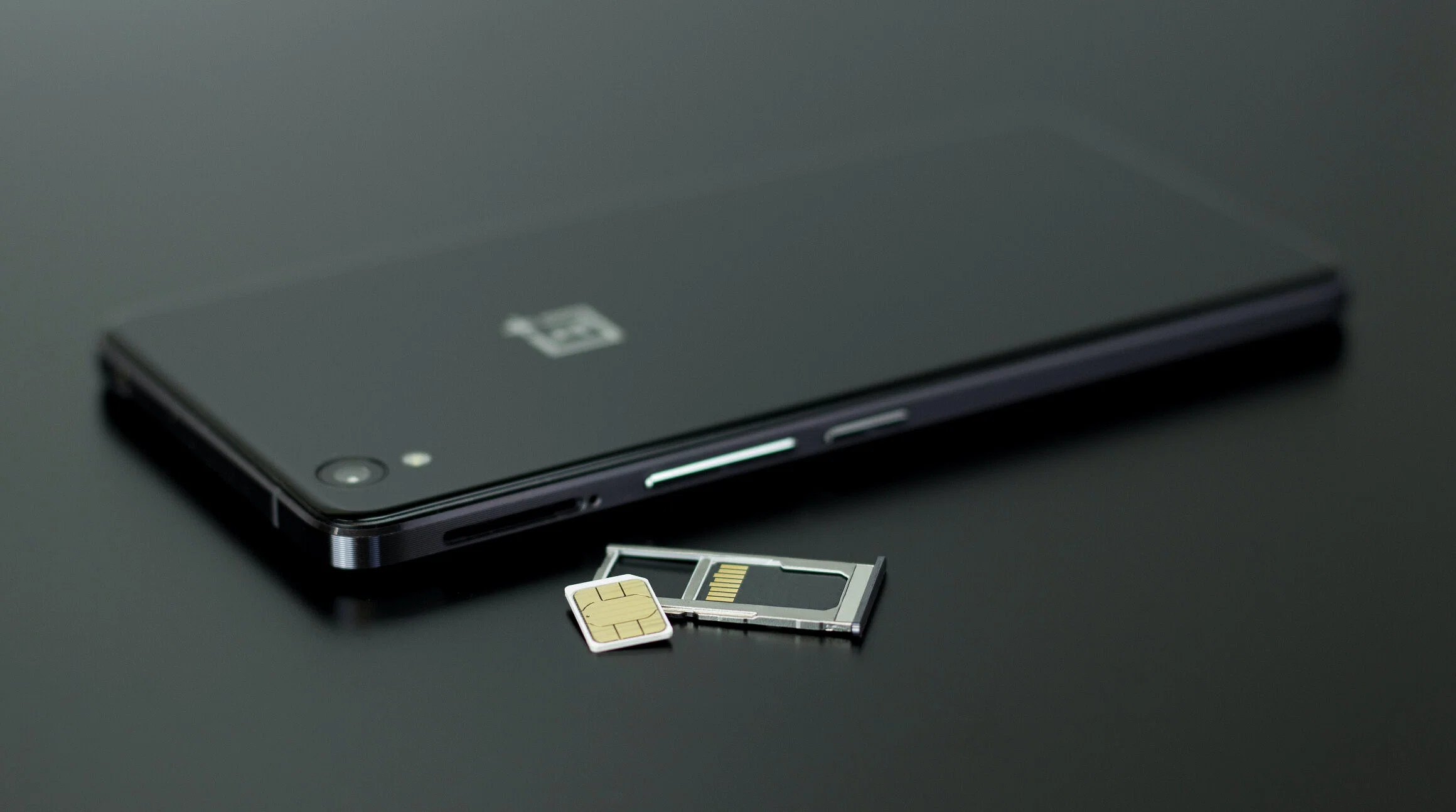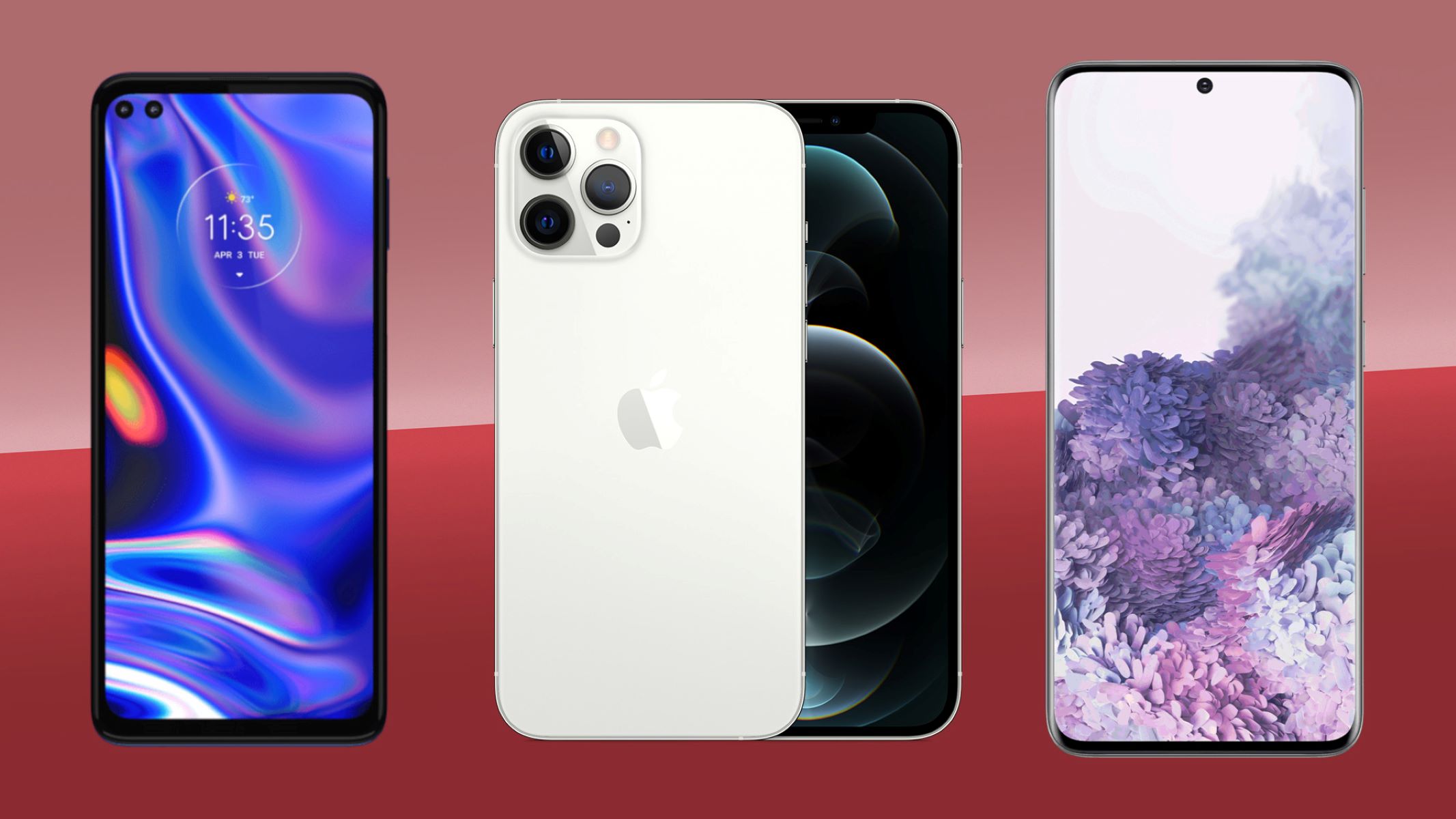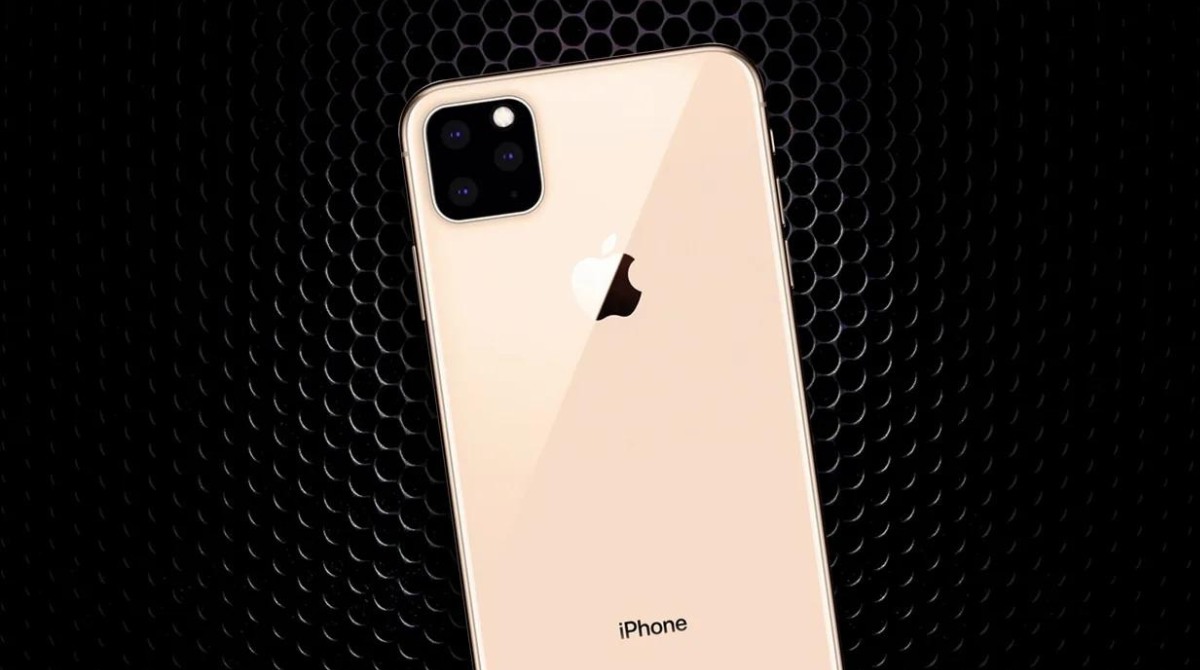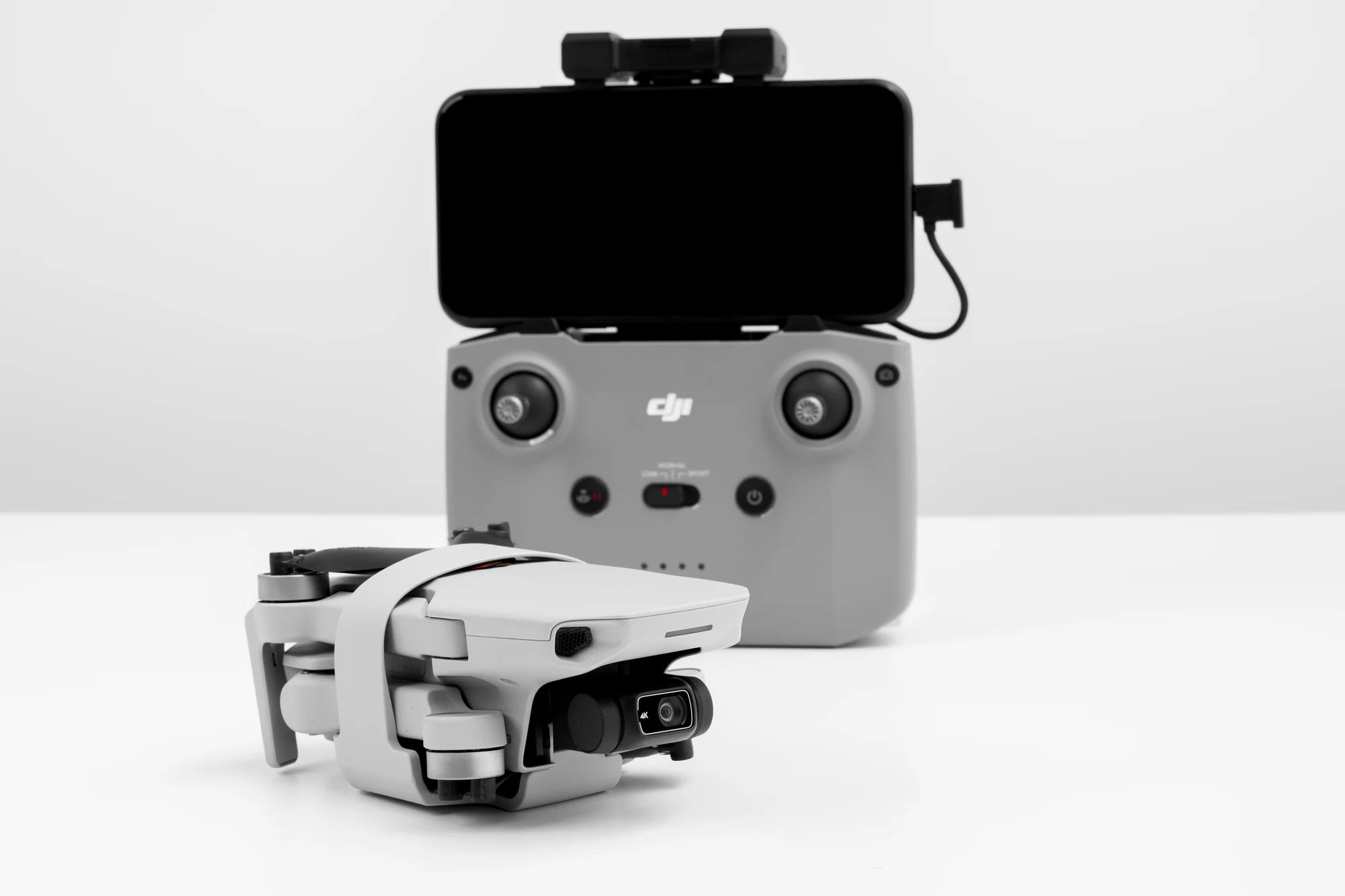Design and Build Quality
When it comes to choosing the ideal smartphone, the design and build quality play a pivotal role in the decision-making process. The Google Pixel 4 and the iPhone 11, both renowned for their exceptional craftsmanship, offer distinct design aesthetics and build quality that cater to different preferences.
Google Pixel 4
The Google Pixel 4 boasts a sleek and modern design that exudes sophistication. Its compact form factor makes it comfortable to hold and use with one hand, catering to users who prioritize portability. The device features a matte finish with a glossy accent around the camera module, adding a touch of elegance to its overall appearance. The aluminum frame not only enhances the phone's durability but also contributes to its premium feel.
iPhone 11
On the other hand, the iPhone 11 showcases Apple's signature design language, characterized by a seamless integration of glass and aluminum. The device radiates a sense of refinement, with its smooth curves and flawless construction. The robust glass back not only imparts a luxurious look but also enables wireless charging, adding a layer of convenience to the user experience.
Build Quality
Both the Pixel 4 and the iPhone 11 are meticulously engineered to withstand the rigors of daily use. The Pixel 4 features an IP68 rating, making it resistant to water and dust, while the iPhone 11 boasts the same level of protection, ensuring peace of mind for users in various environments.
In terms of design and build quality, the Pixel 4 and iPhone 11 cater to different sensibilities. The Pixel 4 appeals to those who appreciate a minimalist and compact design, while the iPhone 11 captivates users with its seamless blend of premium materials and meticulous craftsmanship.
The design and build quality of a smartphone are not merely about aesthetics; they also reflect the manufacturer's commitment to delivering a device that is both visually appealing and durable. Whether you lean towards the understated elegance of the Pixel 4 or the timeless sophistication of the iPhone 11, both devices offer a compelling combination of design and build quality that elevates the overall smartphone experience.
Display and Screen Size
The display and screen size of a smartphone are pivotal factors that significantly influence the overall user experience. Both the Google Pixel 4 and the iPhone 11 are equipped with impressive displays, each offering unique characteristics that cater to diverse user preferences.
Google Pixel 4
The Google Pixel 4 features a 5.7-inch OLED display with a resolution of 1080 x 2280 pixels. The OLED technology delivers vibrant colors and deep blacks, resulting in an immersive viewing experience. The Pixel 4's display is known for its smooth responsiveness, making interactions with the device feel fluid and seamless. Additionally, the inclusion of a 90Hz refresh rate elevates the overall visual performance, ensuring that transitions and animations appear remarkably smooth.
iPhone 11
In contrast, the iPhone 11 boasts a 6.1-inch Liquid Retina HD display with a resolution of 828 x 1792 pixels. Apple's proprietary Liquid Retina technology offers exceptional color accuracy and brightness, making the iPhone 11's display ideal for multimedia consumption and everyday tasks. The True Tone feature further enhances the viewing experience by dynamically adjusting the white balance to match the ambient lighting conditions, resulting in natural-looking images and content.
Screen Size and Form Factor
The difference in screen size between the Pixel 4 and the iPhone 11 is noticeable, with the iPhone 11 offering a larger display area. The 6.1-inch screen of the iPhone 11 provides a generous canvas for watching videos, browsing the web, and engaging in productivity tasks. On the other hand, the Pixel 4's 5.7-inch display caters to users who prioritize a more compact form factor without compromising on visual quality.
Display Quality and Performance
Both devices excel in display quality and performance, with the Pixel 4 showcasing the benefits of OLED technology and a high refresh rate, while the iPhone 11 leverages Apple's expertise in color accuracy and image optimization. Whether it's enjoying multimedia content, viewing photos, or engaging in gaming, the displays of the Pixel 4 and iPhone 11 elevate the overall user experience, offering a visual feast that captivates and delights users.
The display and screen size of a smartphone are integral aspects that contribute to the device's usability and appeal. Whether you gravitate towards the immersive OLED display of the Pixel 4 or the expansive Liquid Retina display of the iPhone 11, both devices offer compelling visual experiences that cater to diverse user preferences.
Camera Performance
The camera performance of a smartphone is often a defining factor for many users, as it directly impacts their ability to capture life's precious moments with stunning clarity and detail. Both the Google Pixel 4 and the iPhone 11 are equipped with exceptional camera systems, each offering unique features and capabilities that cater to photography enthusiasts and casual users alike.
Google Pixel 4
The Google Pixel 4 is renowned for its outstanding camera performance, leveraging advanced computational photography to deliver impressive results. The device features a dual-camera setup, comprising a 12.2-megapixel primary sensor and a 16-megapixel telephoto lens. The primary sensor excels in capturing sharp and detailed images, while the telephoto lens enables users to zoom in without compromising image quality.
One of the standout features of the Pixel 4's camera system is Night Sight, a mode that enhances low-light photography by intelligently capturing and processing multiple frames to produce well-exposed and noise-free images in challenging lighting conditions. Additionally, the device's astrophotography mode allows users to capture stunning shots of the night sky, showcasing the Pixel 4's prowess in pushing the boundaries of mobile photography.
iPhone 11
The iPhone 11 boasts a dual-camera system, comprising a 12-megapixel wide lens and a 12-megapixel ultra-wide lens, offering users a versatile photography experience. The wide lens captures vibrant and true-to-life colors, while the ultra-wide lens expands the field of view, allowing users to frame expansive landscapes and group shots with ease.
Apple's implementation of Smart HDR further enhances the iPhone 11's camera performance, intelligently processing multiple exposures to preserve highlight and shadow detail, resulting in images with remarkable dynamic range. The device's Night mode elevates low-light photography, delivering bright and natural-looking photos even in dimly lit environments, ensuring that users can capture memorable moments regardless of the lighting conditions.
Versatility and Innovation
Both the Pixel 4 and the iPhone 11 excel in camera performance, showcasing their respective strengths in computational photography and image processing. The Pixel 4's astrophotography mode and Night Sight capabilities cater to users who prioritize low-light photography and astrophotography, while the iPhone 11's Smart HDR and Night mode offer versatility and innovation in capturing a wide range of scenes with exceptional clarity and color accuracy.
The camera performance of a smartphone is a crucial aspect that resonates with users who are passionate about photography and visual storytelling. Whether you gravitate towards the Pixel 4's computational photography prowess or the iPhone 11's versatility and innovation in imaging technology, both devices empower users to unleash their creativity and capture breathtaking moments with unparalleled quality and precision.
Operating System and User Interface
The operating system and user interface of a smartphone are pivotal elements that profoundly influence the overall user experience. The Google Pixel 4 and the iPhone 11, powered by distinct operating systems and featuring unique user interfaces, offer compelling ecosystems that cater to diverse user preferences and usage patterns.
Google Pixel 4
The Google Pixel 4 runs on Android, Google's versatile and customizable operating system that empowers users with a rich array of features and seamless integration with Google's suite of services. The Pixel 4 showcases the purest form of Android, devoid of bloatware and unnecessary pre-installed applications, offering users a clean and streamlined interface that prioritizes simplicity and functionality.
One of the defining aspects of the Pixel 4's user interface is the intuitive navigation gestures, which enable users to effortlessly navigate through the device's interface with natural and fluid movements. The integration of Google Assistant into the user interface further enhances the device's usability, allowing users to perform tasks and access information through voice commands, adding a layer of convenience to the overall user experience.
iPhone 11
In contrast, the iPhone 11 operates on iOS, Apple's renowned mobile operating system celebrated for its seamless performance and robust ecosystem. iOS embodies a cohesive and visually appealing user interface, characterized by its fluid animations, consistent design language, and intuitive navigation. The device's user interface reflects Apple's commitment to delivering a user-centric experience, where simplicity and elegance converge to offer users a delightful and intuitive interaction with their devices.
The integration of Siri, Apple's virtual assistant, into the fabric of iOS further amplifies the device's user interface, enabling users to perform tasks, get personalized recommendations, and control smart home devices with ease. The cohesive integration of hardware and software in the iPhone 11 results in a harmonious user interface that prioritizes user convenience and accessibility.
User Experience and Customization
Both the Pixel 4 and the iPhone 11 offer compelling user experiences, each tailored to resonate with the preferences and habits of their respective user bases. Android on the Pixel 4 provides users with a high degree of customization, allowing them to personalize their device's interface, install third-party launchers, and customize system-wide themes, catering to users who value flexibility and personalization.
On the other hand, iOS on the iPhone 11 delivers a consistent and polished user interface that emphasizes ease of use and a seamless ecosystem integration, appealing to users who prioritize a cohesive and intuitive user experience.
The operating system and user interface of a smartphone are integral components that shape the device's usability and appeal. Whether you gravitate towards the customizable nature of Android on the Pixel 4 or the seamless integration of iOS on the iPhone 11, both devices offer compelling operating systems and user interfaces that elevate the overall smartphone experience.
Performance and Battery Life
The performance and battery life of a smartphone are crucial aspects that directly impact the device's usability and longevity throughout the day. Both the Google Pixel 4 and the iPhone 11 are engineered to deliver exceptional performance and enduring battery life, catering to the diverse needs and usage patterns of modern smartphone users.
Google Pixel 4
The Google Pixel 4 is powered by the Qualcomm Snapdragon 855 processor, a high-performance chipset that ensures smooth multitasking, seamless app launches, and responsive user interactions. The device's 6GB of RAM further enhances its multitasking capabilities, allowing users to effortlessly switch between applications and tasks without experiencing performance bottlenecks.
In terms of battery life, the Pixel 4 is equipped with a 2800mAh battery that is optimized to deliver all-day usage on a single charge. The device leverages intelligent battery management features to optimize power consumption, ensuring that users can rely on their device throughout their daily endeavors without constantly worrying about running out of power.
iPhone 11
The iPhone 11 is powered by Apple's A13 Bionic chip, a powerhouse of a processor that sets new benchmarks in mobile performance. The A13 Bionic not only delivers exceptional speed and responsiveness but also enables advanced machine learning capabilities, enhancing the device's overall efficiency and performance across various tasks and applications.
When it comes to battery life, the iPhone 11 impresses with its robust 3110mAh battery, designed to provide users with prolonged usage without compromising on performance. Apple's seamless integration of hardware and software allows the iPhone 11 to optimize power consumption intelligently, ensuring that users can rely on their device to stay powered throughout their day.
Performance and Efficiency
Both the Pixel 4 and the iPhone 11 excel in performance, offering users a seamless and responsive experience across a myriad of tasks, from gaming and multimedia consumption to productivity and multitasking. The devices' powerful processors and optimized software ensure that users can navigate through their daily routines with ease, experiencing swift app launches, smooth animations, and effortless multitasking.
In terms of battery life, both devices are engineered to provide enduring usage, with the Pixel 4 and iPhone 11 leveraging intelligent power management to optimize battery performance and longevity. Whether it's streaming content, engaging in productivity tasks, or staying connected on the go, users can rely on the Pixel 4 and iPhone 11 to deliver consistent and reliable battery life, ensuring that their devices remain operational throughout their day.
The performance and battery life of a smartphone are pivotal factors that directly impact the user experience. Whether you prioritize seamless multitasking and efficient power management, both the Google Pixel 4 and the iPhone 11 offer compelling performance and enduring battery life, ensuring that users can stay productive and connected without compromise.
Price and Value for Money
When it comes to selecting the ideal smartphone, considering the price and evaluating the overall value for money is paramount. Both the Google Pixel 4 and the iPhone 11 represent significant investments, and understanding the value they offer in relation to their price points is essential for making an informed decision.
The Google Pixel 4, positioned as a premium Android device, comes with a price tag that reflects its cutting-edge features and innovative technology. The device's advanced camera capabilities, including the astrophotography mode and Night Sight, contribute to its value proposition, appealing to photography enthusiasts and users who prioritize exceptional imaging performance. Additionally, the seamless integration of Google's services and the promise of timely software updates further enhance the Pixel 4's value, ensuring that users can experience the latest advancements in Android technology.
On the other hand, the iPhone 11, representing Apple's commitment to delivering a refined and user-centric smartphone experience, commands a price that aligns with its robust ecosystem and seamless integration of hardware and software. The device's exceptional build quality, coupled with its powerful A13 Bionic chip and the renowned reliability of iOS, positions the iPhone 11 as a compelling choice for users seeking a device that excels in performance, durability, and ecosystem cohesiveness.
When evaluating the value for money, it's essential to consider the longevity of the device and the overall user experience it offers. The Pixel 4's emphasis on delivering a pure Android experience, coupled with its innovative camera features, presents a compelling value proposition for users who prioritize software flexibility and cutting-edge photography capabilities. Conversely, the iPhone 11's seamless ecosystem integration, robust performance, and the promise of long-term software support contribute to its enduring value, appealing to users who seek a device that seamlessly integrates into their digital lifestyle.
Ultimately, the price and value for money consideration is subjective and depends on individual preferences, usage patterns, and the importance placed on specific features and ecosystem attributes. Whether users lean towards the Pixel 4's emphasis on Android innovation and photography prowess or the iPhone 11's seamless ecosystem integration and enduring performance, both devices offer compelling value propositions that cater to diverse user needs and preferences.
Conclusion: Which Smartphone is Right for You?
In the quest to choose the ideal smartphone, the decision ultimately hinges on aligning the device's features and characteristics with one's unique preferences, priorities, and usage patterns. The Google Pixel 4 and the iPhone 11 stand as formidable contenders in the realm of premium smartphones, each offering a distinct set of attributes that cater to diverse user needs.
The Google Pixel 4, with its emphasis on delivering a pure Android experience, excels in offering users a high degree of customization, seamless integration with Google's suite of services, and innovative camera capabilities. The device's compact form factor, coupled with its advanced computational photography features such as Night Sight and astrophotography mode, appeals to users who prioritize software flexibility and cutting-edge imaging performance. Additionally, the Pixel 4's commitment to timely software updates ensures that users can experience the latest advancements in Android technology, further enhancing the device's appeal for those seeking a device at the forefront of innovation.
On the other hand, the iPhone 11 embodies Apple's dedication to delivering a refined and user-centric smartphone experience. The device's seamless ecosystem integration, robust performance powered by the A13 Bionic chip, and the promise of long-term software support position it as an enticing choice for users seeking a device that seamlessly integrates into their digital lifestyle. The iPhone 11's exceptional build quality, enduring battery life, and the renowned reliability of iOS contribute to its enduring value, appealing to users who prioritize a cohesive and intuitive user experience.
Ultimately, the decision between the Google Pixel 4 and the iPhone 11 boils down to individual preferences and priorities. Users who value a pure Android experience, cutting-edge camera capabilities, and a high degree of customization may find the Google Pixel 4 to be the perfect companion for their digital endeavors. Conversely, those who prioritize seamless ecosystem integration, robust performance, and enduring software support may discover that the iPhone 11 seamlessly aligns with their digital lifestyle and usage patterns.
In the end, whether it's the Pixel 4's innovation and software flexibility or the iPhone 11's ecosystem cohesiveness and enduring performance, both devices offer compelling propositions that cater to diverse user needs, ensuring that users can embark on their digital journeys with a smartphone that resonates with their individuality and aspirations.








